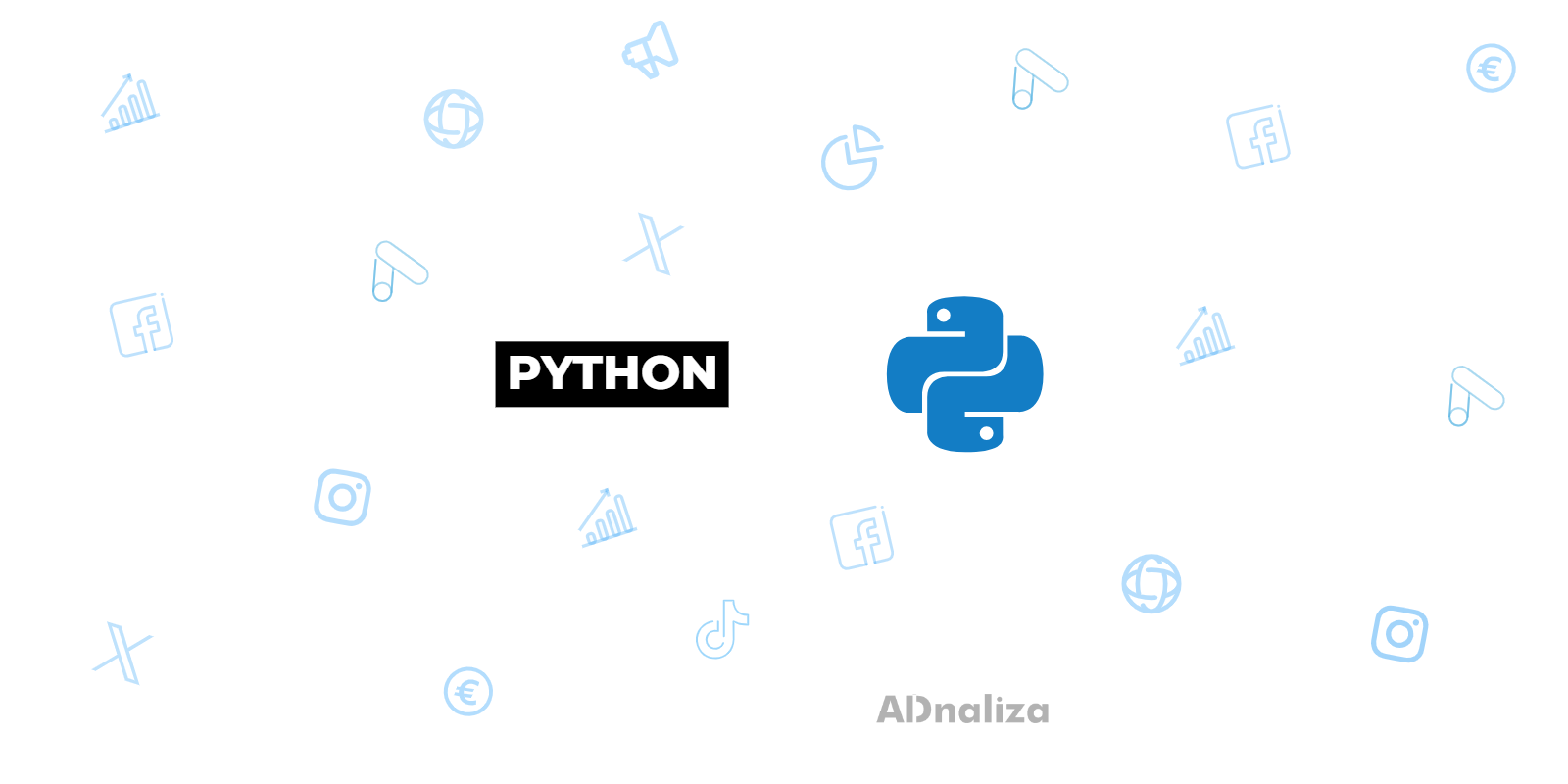Python is a high-level programming language that was created by Guido van Rossum and first released in 1991. It is characterized by its clear and readable syntax, which makes it ideal for beginners in programming. Python is an interpreted language, which means that programs written in Python can be executed directly without needing to be compiled.
Python is a multi-paradigm language, meaning that it supports several styles or "paradigms" of programming, including object-oriented programming, imperative programming, and, to a lesser extent, functional programming. Python is also a general-purpose programming language, meaning it can be used to develop all kinds of software, from web applications to data analysis programs.
Python Features
Python has many features that contribute to its popularity and wide use. Some of these features are:
- Simple and readable syntax: Python has a syntax that closely resembles English, which makes programs written in Python easy to read and understand.
- Interpreted: Python is an interpreted language, which means that programs written in Python can be executed directly without needing to be compiled.
- Multiparadigm: Python supports various programming styles, allowing programmers to use the style that best suits their problem.
- Extensible: Python can be integrated with other programming languages, allowing programmers to use libraries and tools from other languages if needed.
Uses of Python
Python is used in a wide variety of fields and for a wide variety of tasks. Some of the most common uses of Python include:
- Web development: Python is often used to develop web applications. There are several Python libraries and frameworks that make this task easier, such as Django and Flask.
- Data Analysis and Data Science: Python is one of the most popular programming languages for data analysis and data science. Libraries like pandas and NumPy provide powerful tools for working with data.
- Automation: Python is often used to write scripts that automate repetitive tasks. This can include tasks such as moving files, backing up data, or extracting information from web pages.
- Education: Due to its simple and readable syntax, Python is often the first programming language taught in beginner programming courses.
Advantages and disadvantages of Python
Like any programming language, Python has its advantages and disadvantages. Some of the advantages of Python include:
- Easy to learn: Python's syntax is simple and readable, which makes it a good language for beginners.
- Versatile: Python can be used for a wide variety of tasks, from web development to data analysis.
- Widely used: Python is very popular and has a large user community, which means there are a lot of learning resources and libraries available.
Some of the disadvantages of Python include:
- Speed: As an interpreted language, Python can be slower than compiled languages such as C or Java.
- Not ideal for mobile app development: Although it is possible to develop mobile apps with Python, it is not the most suitable language for this task.
Python Applications in Digital Marketing
Python has found wide use in the field of digital marketing due to its ease of use, versatility, and powerful libraries for data analysis. Some of the ways Python is used in digital marketing are:
- Data analysis: Python is a popular programming language for data analysis. With libraries such as pandas, NumPy, and matplotlib, complex data analysis tasks such as data cleansing, data manipulation, web analytics , and data visualization can be performed. Marketers can use Python to analyze campaign performance data, analyze customer behavior, and measure ROI.
- Web Scraping: Web scraping is the practice of extracting information from web pages. Python has several libraries, such as BeautifulSoup and Scrapy, that make it easy to extract data from websites. This information can be valuable to marketers for competitor research, tracking market trends, and generating leads.
- Task automation: Python is great for automating tasks. Marketers can write Python scripts to automate repetitive tasks such as posting to multiple social media platforms, sending marketing emails, or collecting and analyzing campaign performance data.
- Machine Learning: Python is one of the most popular programming languages for machine learning. With libraries like scikit-learn and TensorFlow, marketers can build machine learning models for tasks like customer segmentation, customer behavior prediction, and sentiment analysis.
- Natural Language Processing (NLP): Python has powerful libraries for natural language processing, such as NLTK and spaCy. These can be used in digital marketing to analyze customer reviews, perform sentiment analysis on product reviews or monitor brand mentions on social networks.
Python's versatility and wide range of applications make it a valuable tool for any digital marketer.
